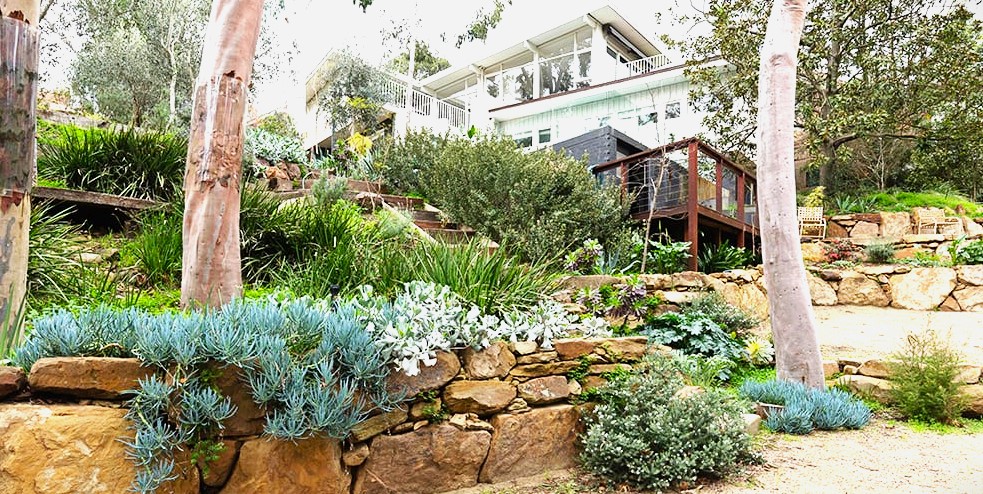Why Choose Native Plants?
There are several advantages that native plants have for the ecosystem and your yard. Compared to non-native species, they require less water and upkeep because they have adapted to the local climate and soil conditions. In addition to saving time and money, this encourages more sustainable gardening methods. Local fauna is supported by native vegetation. The National Wildlife Federation claims that native plants serve as a food source for pollinators, which include bees, butterflies, and other important insects that maintain the health of ecosystems. If you’re considering starting or transforming your garden, visiting a specialized garden center that focuses on native plants can be a great way to get started and receive the expert advice you need.
Planning Your Native Garden
Before you start planting, it’s essential to have a thoughtful plan for your garden layout. Consider key factors such as the amount of sunlight different parts of your garden receive, the types of soil present, and how water drains in various areas. When selecting plants, diversity is crucial. A mix of flowers, shrubs, and trees creates a more resilient and aesthetically pleasing garden. Additionally, a variety of plants can support a wider range of wildlife.
Planting Techniques for Success
Now that you have a plan for your garden, it is time to plant. To allow roots to spread and grow, dig holes that are twice as wide and as deep as the plant’s root ball. As soon as the plants are planted, water them to make sure the soil is evenly moist but not soggy. Mulching can be quite helpful in retaining moisture and keeping weeds at bay. If you need more clarification about the best techniques, consult your local garden center for tips and recommendations.
Maintaining Your Garden
After planting, ongoing maintenance is crucial for the health and success of your native garden. Regular watering, especially during dry spells, and annual mulching are essential. Pruning dead or overgrown branches encourages healthy plant growth and prevents disease. Monitoring for pests is also important, though it’s best to avoid chemical pesticides that could harm beneficial insects in your garden.
Water Conservation Tips
Although native gardens are inherently resistant to drought, there are still methods to use water wisely. One great way to conserve water is to use a rain barrel to collect and store rainwater for irrigation. Water can be delivered to plant roots directly with drip irrigation systems, which lowers evaporation and ensures effective water use. Organizing plants with comparable water requirements in groups can also make controlling when to water them easier.
Encouraging Local Wildlife
One of the greatest joys of native gardening is attracting and supporting local wildlife. Birds, butterflies, and beneficial insects are more likely to visit and thrive in your garden if you provide them with necessary resources like food, water, and shelter. Planting various native plants that bloom at different times ensures a continuous source of nectar, seeds, and shelter for wildlife throughout the year.
Conclusion: Reap the Rewards of Native Gardening
Gardening with native plants can be incredibly rewarding. Not only do you create a beautiful landscape, but you also contribute to the health of the local environment. With thoughtful planning, proper planting techniques, and ongoing maintenance, your native garden will flourish year after year.




